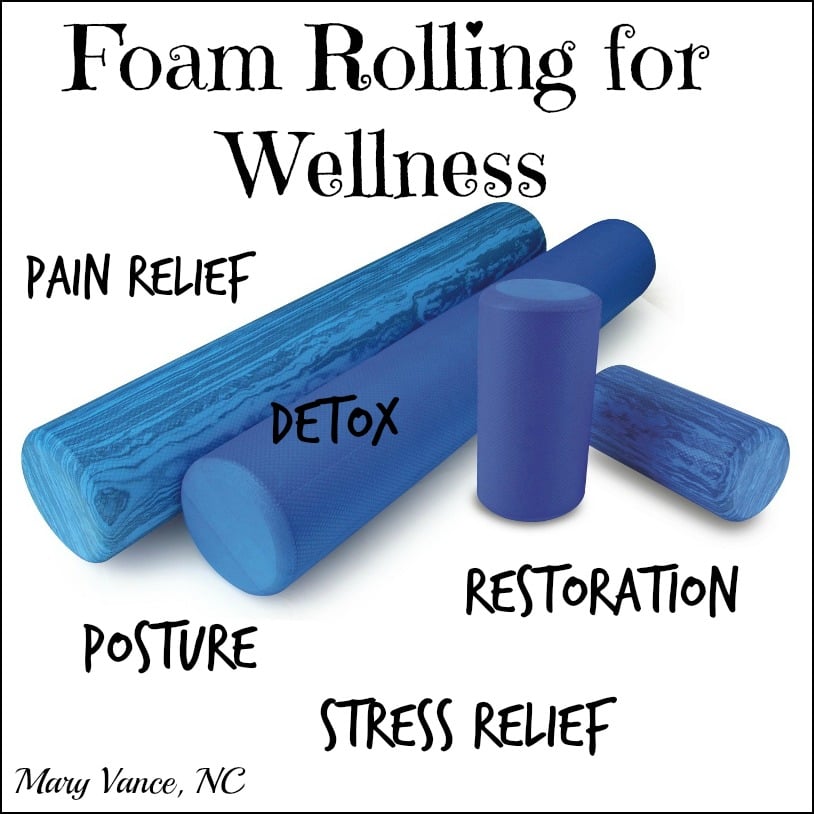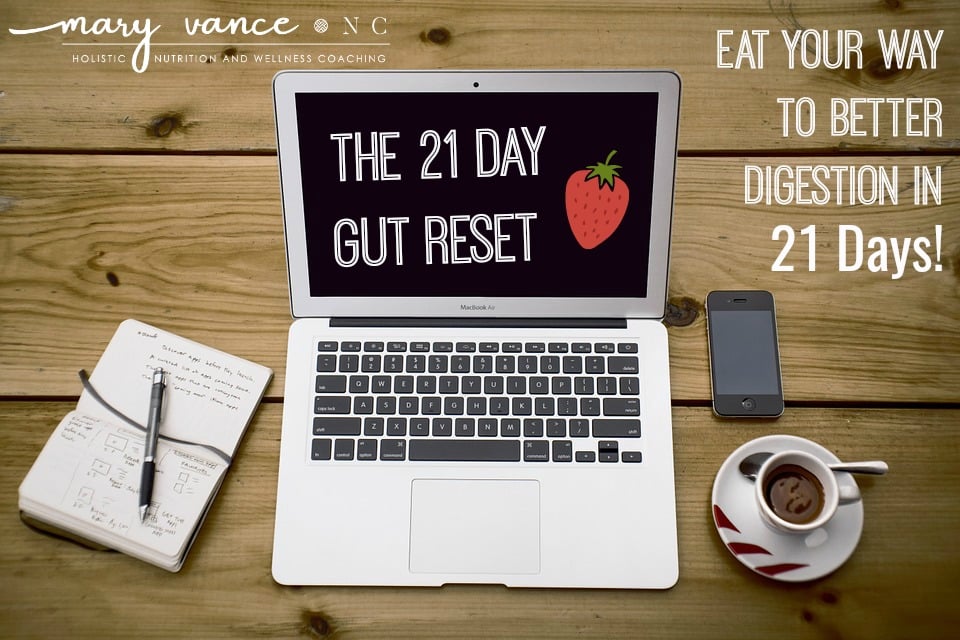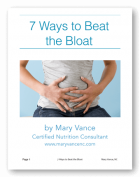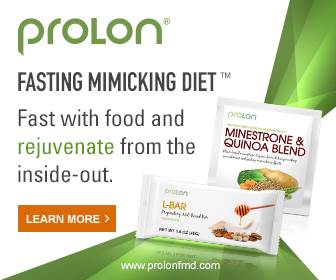If you struggle with pain, injury, or a lack of mobility, listen up. I’m about to introduce you to your new best friend, the foam roller.
Perhaps you’ve seen a foam roller in your gym or physical therapy office. Doesn’t look like much, but this humble core of foam changed my life in a big way, and using it can benefit you by reducing pain, improving posture, feeling calmer, and restoring your entire body.
Most of us spend our days hunched over a desk at work, then hunching over our phones when we’re not at our desks. We have chronic poor posture and we’re too sedentary, causing alignment issues that trigger pain and make us susceptible to injuries and chronic conditions such as tendonitis, tennis elbow, carpal tunnel, neck pain, and lack of mobility. These nagging aches and pains contribute to stress and make us even less likely to get the exercise we desperately need. This vicious cycle leads to weight gain, a body that’s out of balance, and increases the rate at which we age.
If you’d like a DIY solution to pain, a reduction in muscle soreness, more effective workouts, reduction in cellulite, better posture, and enhanced detoxification, time to meet the foam roller!
What is Foam Rolling?
The short answer is foam rolling is a way to give yourself a deep tissue massage. The star of the show here is a cylindrical piece of equipment made from foam of various densities, ranging from softer to very firm. By rolling the foam core over muscles using your body weight, you’ll help break up adhesions, knots, and scar tissue and speed up the healing and recovery process. Also, it feels good! (and sometimes it hurts so good)
So what’s really going on under the surface, and why is foam rolling important for wellness? The answer lies in your fascia, the connective tissue that acts like a webbing throughout your body. Fascia is made primarily of collagen and sits below the skin, acting as the scaffolding of the body: it attaches, stabilizes, and surrounds muscles and internal organs, helping to connect muscle to the bone and joint, so it plays an important role in our posture and overall structural integrity. Fascia lies between the skin and the muscle and wraps around each individual muscle and organ. Nerves and lymph nodes sit atop the fascia, so it may actually be where pain originates and is communicated to the brain.
The fascia should be smooth, pliable, and flexible, but due to stress, inflammation, surgeries, and injury, fascia can become tight and rigid, losing flexibility like a dried up sponge. Adhesions may develop. Without proper mobility, fibers of the fascia become cross linked, and they bind to muscles and nerves, inhibiting normal motion and causing pain. The good news is that foam rolling allows oxygenated blood to nourish and hydrate the fascia, boosting lymphatic drainage (your body’s ability to flush toxins) and relieving pain.
You can use foam rolling for the following:
- fascial release
- eliminate adhesions
- to prime muscles for a workout and prevent injury
- for post workout recovery to prevent soreness
- reduce pain and soreness
- break up trigger points, knots, sore muscles
- increase blood flow and improve circulation
- enhance lymphatic drainage (which may also reduce cellulite!)
- hydrate tissues
- speed injury healing
- nourish your fascia so you have better range of motion
- sculpt
- relax for better sleep
- restorative movement to decompress joints and combat congestion
How to Foam Roll
First off, you need to get yourself the proper foam roller. There are many different options, but don’t just buy the cheapest one. If you are a beginner, you’ll want a softer foam roller. Because you are using your body weight for the exercises, firmer = more pressure = more pain if you’re not in rolling shape.
The classic foam roller is a firm log about six inches in diameter and three feet long, made of polyethylene foam or EVA. Manufacturers often color-code their rollers based on firmness, with white usually the softest and black the firmest (this is not always the case, however). You can get various sizes, and some even have “grids” on them for trigger point release (not recommended for beginners).
I started with a 36×6 inch blue, which is medium density, eco-friendly, and good for a beginner who is in reasonable shape. If you’re more advanced, choose a high density (usually black) roller, like this one. You can also do the grid model, like this one, which is good for trigger point and acupressure release. If you’re just starting, I’d recommend the basic EVA medium density.
The Basics
A quick google search will give you many options for foam rolling exercises. Below is a chart with the basic moves to get you started. You want to focus on upper back (do not roll below your rib cage), front quads, back quads, calves, butt (it helps to cross your ankle over your knee and lean into this one a little bit so you get your gluteus minimus muscles too), and your Iliotibial Band (IT band), the outer thigh.
When rolling, the key is to go slowly up and down the muscle bands, pausing on tighter areas for a few seconds until you feel release. You’re basically ironing out your fascia and breaking up knots, giving muscles time to release. You want the hurts-so-good feeling, but don’t roll over areas that are *too* painful; that’s usually a sign you need to work the surrounding muscle to loosen it up before you can tackle it directly. It might be mildly uncomfortable at first. Breathe into the muscle and take your time when you roll. It should feel good overall, not super painful.
You can find numerous youtube videos to help you find a sequence you like. My favorite general sequence involves rolling the shins, then front quads, inner thigh, the psoas, calves, the belly of the hamstring (good to reduce cellulite!), outer hip/butt area (first image in bottom row above), IT band, and finally pausing with the roller on the sacrum (the fleshy part of your pelvis above your coccyx) to let the legs and front hips stretch out straight over the roller (careful that you don’t let the roller hit your lower back). I also use these exercises for sculpting. Here is a great set of exercises to target areas of pain and stiffness.
For best results, use the foam roller daily for about 10 minutes. I use mine before workouts for a few minutes to prime muscles, then 10 minutes post workout. I mix it up based on what my body needs. Seriously, when I first got mine, I could not stay off it. But you don’t want to roll too much! If you’re new, start with shorter sessions and less pressure. You can increase bodyweight pressure the better you get. It can sometimes be a workout rolling yourself.
Mistakes to Avoid
- Rolling too fast means you won’t be fully rolling out the adhesions. You want slow and controlled motions.
- Spending too much time on painful areas can cause your muscles to tense up instead of relax. If you come to a tight spot, spend about 30 seconds rolling slowly back and forth over the area, but if it’s too painful and you tense up, try the muscle groups on either side rather than rolling over the pain. Then come back to it in a few days.
- Rolling directly on painful areas can bruise the muscle.
- Rolling over your lower back can cause your back muscles to seize up to protect your spine, and this may case injury. Avoid!
- Avoid rolling directly over joints.
- Some areas (like the IT band) require strength. Make sure you’re not slouching and that you’re maintaining proper posture. It can help to video yourself or work with a trainer.
I struggled recently with a bout of runner’s knee due to tight hips. I began foam rolling to address the muscle tightness in my hips, IT band, and calves. What a world of difference it has made! Aside from the detox and improved circulation benefits, I feel less tight and enjoy the deep tissue massage feeling. I also tend to hunch when typing for long hours, so I also use the foam roller on my upper back to get rid of knots and bring oxygenated blood into that area. Still waiting for my cellulite to disappear, but it hasn’t been that long yet…..
I’d love to hear your foam rolling testimonials!

Mary Vance is a Certified Nutrition Consultant and author specializing in digestive health. She combines a science-based approach with natural therapies to rebalance the body. In addition to her 1:1 coaching, she offers courses to help you heal your gut and improve your health. Mary lives in San Francisco and Lake Tahoe in Northern California. Read more about her coaching practice here and her background here.







